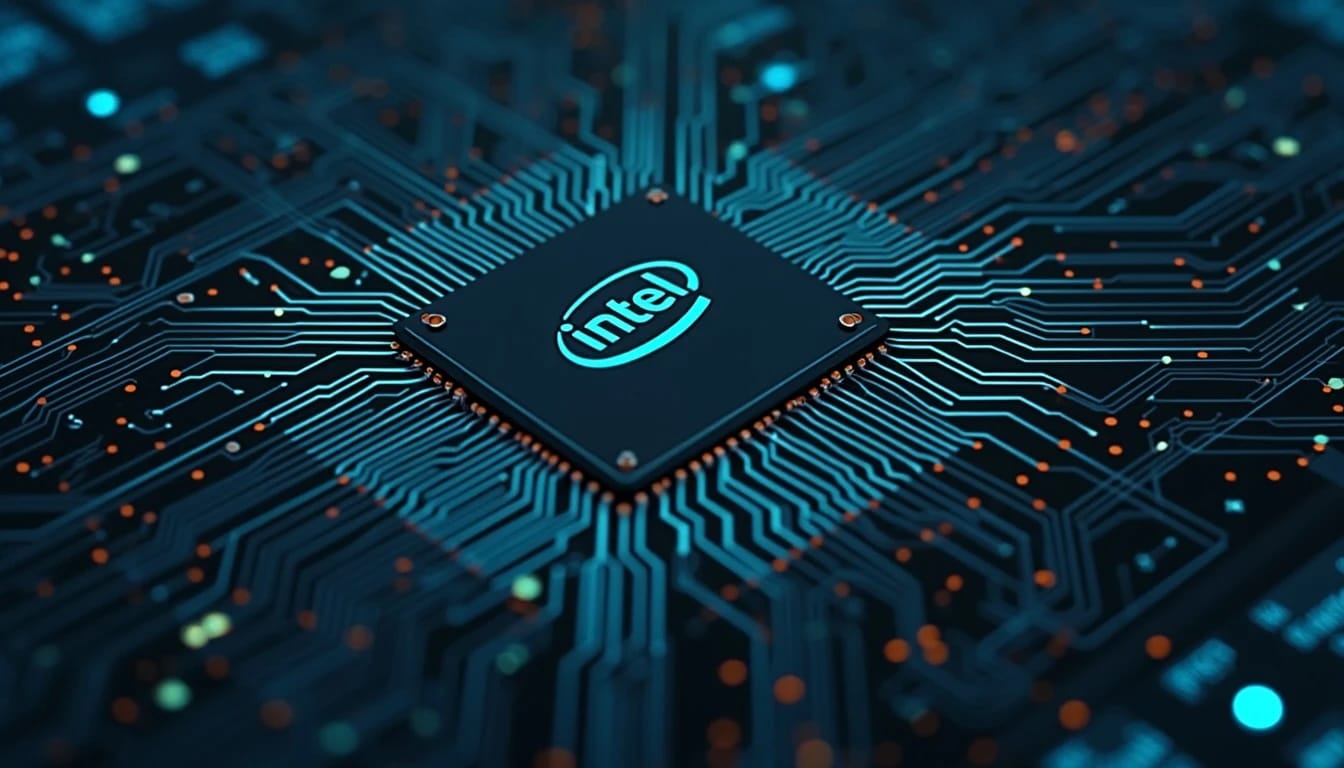Sure! Here’s the translation:
—
The company is bringing in talent from Apple, Google, and Cadence to drive its AI chip strategy and attract new clients to its factories.
Intel has announced a significant restructuring in its engineering leadership, incorporating high-level talent from companies such as Cadence Design Systems, Apple, and Alphabet (Google). This move is part of the roadmap initiated by the company’s new CEO, Lip-Bu Tan, aimed at accelerating the development of Artificial Intelligence solutions and positioning Intel as a key player against competitors like NVIDIA.
Among the new hires, the appointment of Sriniovasan Iyengar as vice president and head of a new customer engineering excellence center stands out. Coming from Cadence — a company that Tan led for over a decade — Iyengar will report directly to the CEO and lead the technical collaboration strategy with clients for the development of customized solutions.
Another key addition is Jean-Didier Allegrucci, who will head the development of system-on-chips (SoCs) for AI. With a 17-year background at Apple, where he participated in the creation of over 30 chips, and a recent stint at the startup Rain AI, Allegrucci will lead the next generation of processors dedicated to artificial intelligence at Intel.
Joining them is Shailendra Desai, coming from Alphabet, where he was responsible for hardware engineering following the acquisition of his startup, Provino Technologies. At Intel, he will take charge of developing graphics processing units (GPUs) focused on AI, with a clear objective to compete head-to-head with NVIDIA’s current dominance in this field.
Strengthening the manufacturing business and the AI offensive
In addition to the technical appointments, Intel has appointed Greg Ernst as the new Chief Revenue Officer (CRO). Previously responsible for sales and marketing, Ernst will be tasked with expanding the client portfolio for the company’s factory network, at a crucial moment when Intel seeks to solidify its strategy as a global foundry with manufacturing capacity for third parties (foundry services).
The need to attract new industrial partners adds to another major challenge for Intel: closing the technological gap with the current leaders in AI chips, especially NVIDIA, whose market share remains dominant in areas like accelerated computing and training large-scale language models.
With this new management team, Intel aims to accelerate the development of highly specialized products, improve integration between engineering and clients, and compete more agilely in a market where the speed of innovation is critical.
A strategic shift under the leadership of Lip-Bu Tan
The executive reorganization reinforces the directional change initiated by Lip-Bu Tan since taking the helm at Intel. His deep knowledge of the chip design ecosystem, due to his experience at Cadence and as an investor in semiconductor startups, gives him a holistic view of the industry and enables him to anticipate market needs.
Tan has positioned Artificial Intelligence as the engine of Intel’s transformation, both in terms of products and business model. The company has intensified its efforts in designing chips specifically for AI, edge computing inference solutions, and manufacturing services for other tech companies as part of its diversification and growth strategy.
With this talent renewal, Intel aspires not only to become a competitive provider of AI hardware but also a viable alternative as a manufacturer for companies looking for production capacity outside of Asia, in a global context where resilience and technological sovereignty have become priorities.

